On another forum, somebody stated they had never seen an aluminium skinned caravan body successfully removed from the chassis. Well, that sounded like a challenge to me.

Once I could roll the chassis out where I could see it properly I discovered many more areas of concern. In the end, everything you see here was towed down to the recycling centre. I kept the wheels and tyres only because I could use them while I was rebuilding. They too will be replaced before I hit the road.

I built a new chassis a little bit bigger than the original. There were areas fore and aft that had sagged due to lack of support over its 40-year life. So, because I can, I decided to make it a bit larger, and a lot stronger.
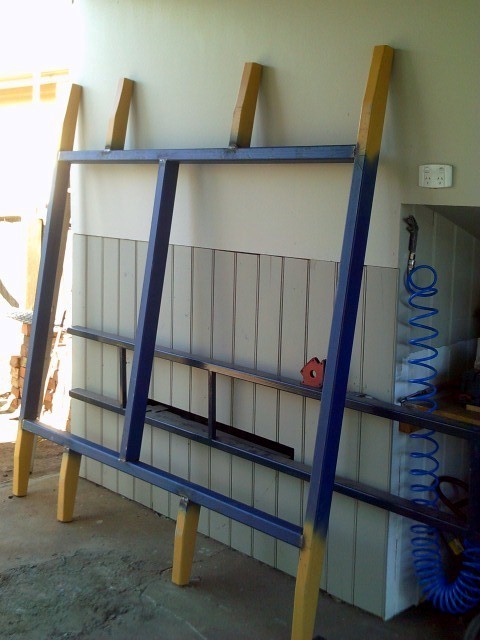
A 60 litre water tank and 40 litre grey water tank installed.
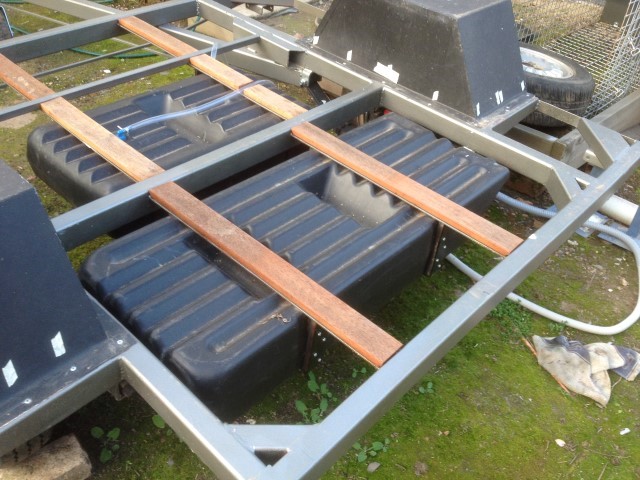
Finished chassis ….. with $1000 worth of Alko gear…… ouch!

I’ve added a fair bit of extra weight onto the original tare of 600kg. But, I ordered 1300kg suspension so I’m comfortable with anything up to that weight GTM. The actual finished weight should be substantially lighter than this fully loaded.
There is no frame in this caravan. Franklin led the field in their day building Australia’s first composite wall construction in a brand new factory at Wendouree. Near Ballarat.
So, the first step was removing the rotted inner skin. It came off surprisingly easy.
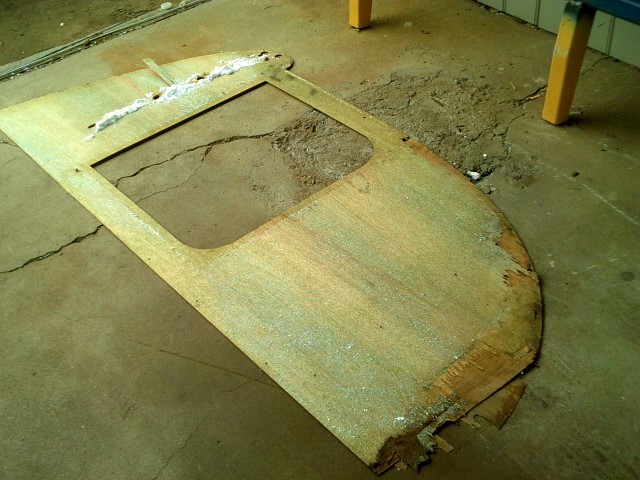
And, I replaced the little bit of framing around the side windows.

And, ran the electrical cables. The original wiring was just run in grooves in the polystyrene. However, I had learned that some cable insulation reacted badly with some polystyrene. The original cabling had survived nicely but would the new?
Just to be safe, I decided to run everything in conduit. The grey is 12V and the orange (close enough to Red) is 240V

I had to do some research into what adhesives would not react to the polystyrene, (read dissolve the polystyrene) whilst giving a strong bond. So, I experimented with all the suggested adhesives that I had learnt about by gluing pieces of ply onto a cube of polystyrene I had laying around. You know that, “It’ll come in handy for something” scenario? See? It does come in handy sometimes.
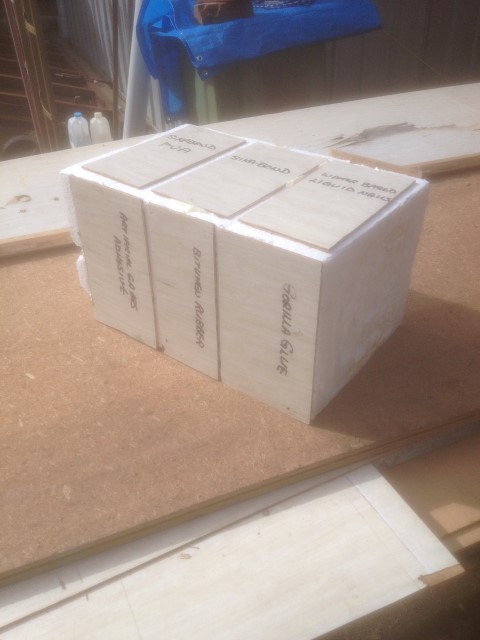
24 hours later I prised the pieces off again to see which one held best. As it turned out, The Best, really held on well. I had to get some leverage under it to succeed.

I then levelled a work surface as accurately as I could and came up with a clamping system.

Once done, I sanded back the horrible 70’s woodgrain and primed everything.
Here, all stacked neatly away in my garage,
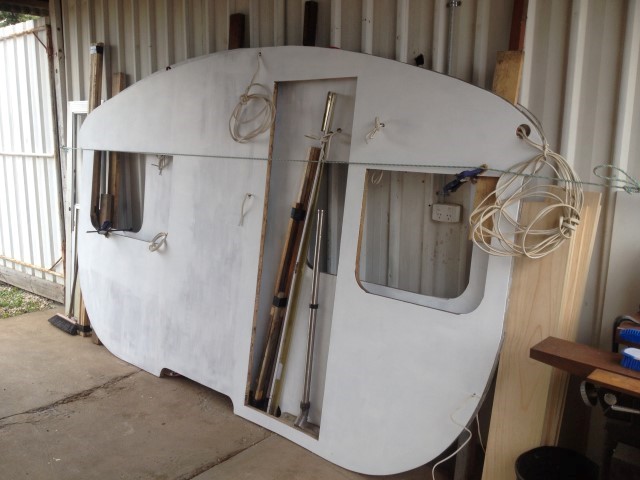
There Comes a time in life, when you must walk away from all drama and the people who create it




